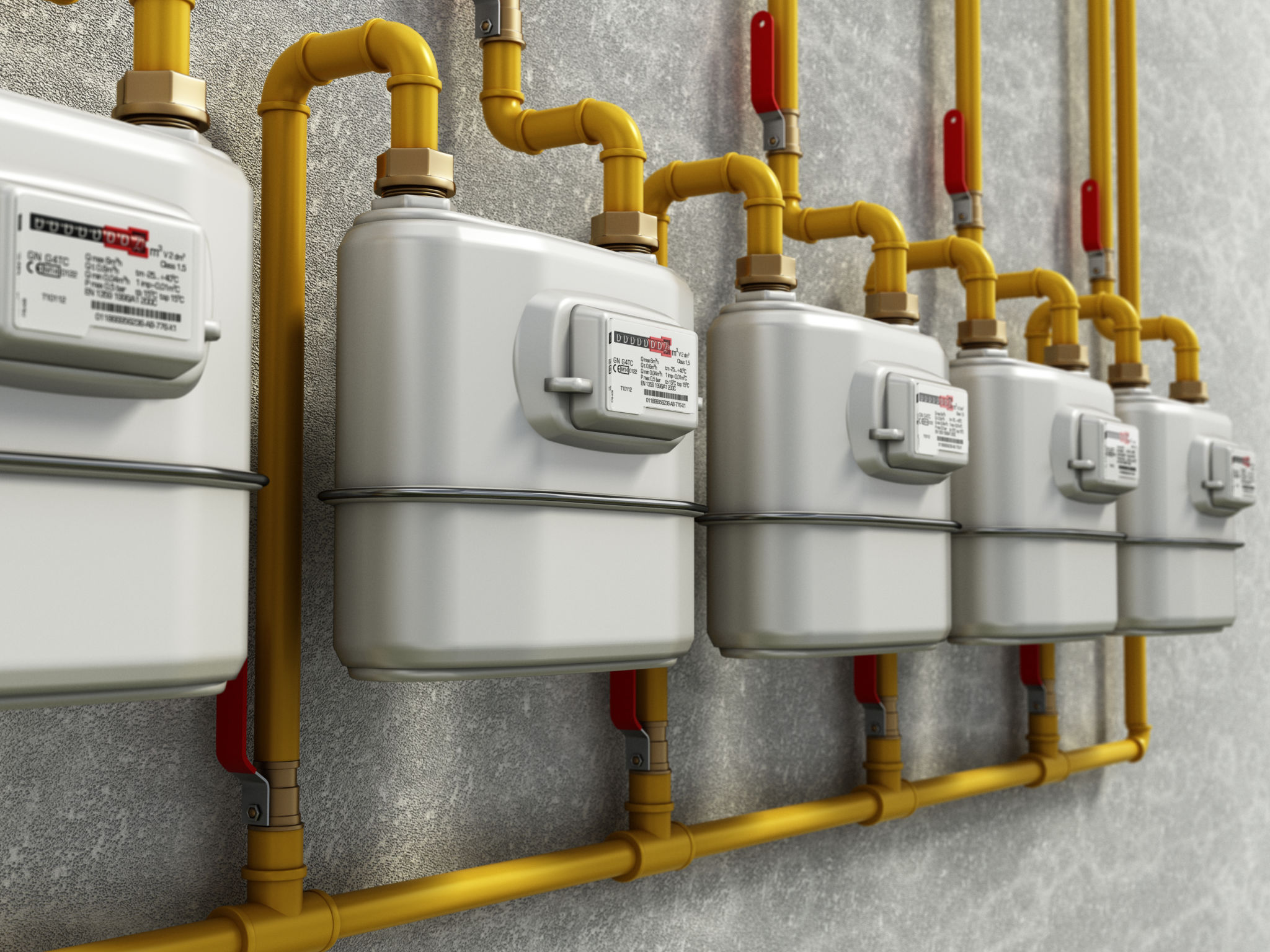Comparing Polyethylene Pipes: A Buyer's Guide for the Modern Contractor
Introduction to Polyethylene Pipes
When it comes to selecting the right piping material for your construction projects, polyethylene pipes have become a popular choice among modern contractors. Known for their durability and flexibility, these pipes offer advantages that make them suitable for a wide range of applications. However, choosing the right type of polyethylene pipe can be challenging due to the variety of options available in the market.

Types of Polyethylene Pipes
High-Density Polyethylene (HDPE)
High-Density Polyethylene (HDPE) pipes are widely recognized for their strength and resilience. HDPE pipes are ideal for water supply lines, sewage systems, and even gas pipelines due to their resistance to corrosion and chemical reactions. Their flexibility allows for easy installation in challenging terrains, ensuring a long-lasting and leak-free performance.
Cross-Linked Polyethylene (PEX)
Cross-Linked Polyethylene (PEX) pipes are commonly used for plumbing applications. The cross-linking process enhances the thermal stability and pressure resistance of these pipes, making them an excellent choice for hot and cold water distribution. PEX pipes are appreciated for their ease of installation, as they can be bent around corners without the need for additional fittings.

Key Considerations When Choosing Polyethylene Pipes
Application Requirements
The first step in choosing the right polyethylene pipe is to consider the specific requirements of your project. Different applications may demand distinct characteristics such as pressure ratings, temperature tolerance, and chemical resistance. It's crucial to match the pipe type with the intended use to ensure optimal performance.
Environmental Factors
Environmental conditions can significantly impact the performance and longevity of polyethylene pipes. Factors such as UV exposure, soil conditions, and proximity to chemicals should be taken into account. While HDPE pipes are generally UV-resistant, additional protective measures might be necessary for long-term exposure to sunlight.

Benefits of Using Polyethylene Pipes
Polyethylene pipes offer several benefits that make them an attractive option for contractors:
- Durability: Resistant to cracking and impact damage.
- Flexibility: Adaptable to various terrains and installation scenarios.
- Corrosion Resistance: Suitable for harsh environments with minimal maintenance.
Cost Considerations
While the initial cost of polyethylene pipes might be higher than some traditional materials, their longevity and low maintenance requirements often result in cost savings over time. When evaluating the overall project budget, it's important to consider both the upfront costs and the potential savings from reduced maintenance and replacement needs.

Conclusion
Selecting the appropriate polyethylene pipe for your construction project requires careful consideration of various factors, including application requirements, environmental conditions, and budget constraints. By understanding the differences between HDPE and PEX pipes, as well as other variants, contractors can make informed decisions that lead to successful and sustainable installations.